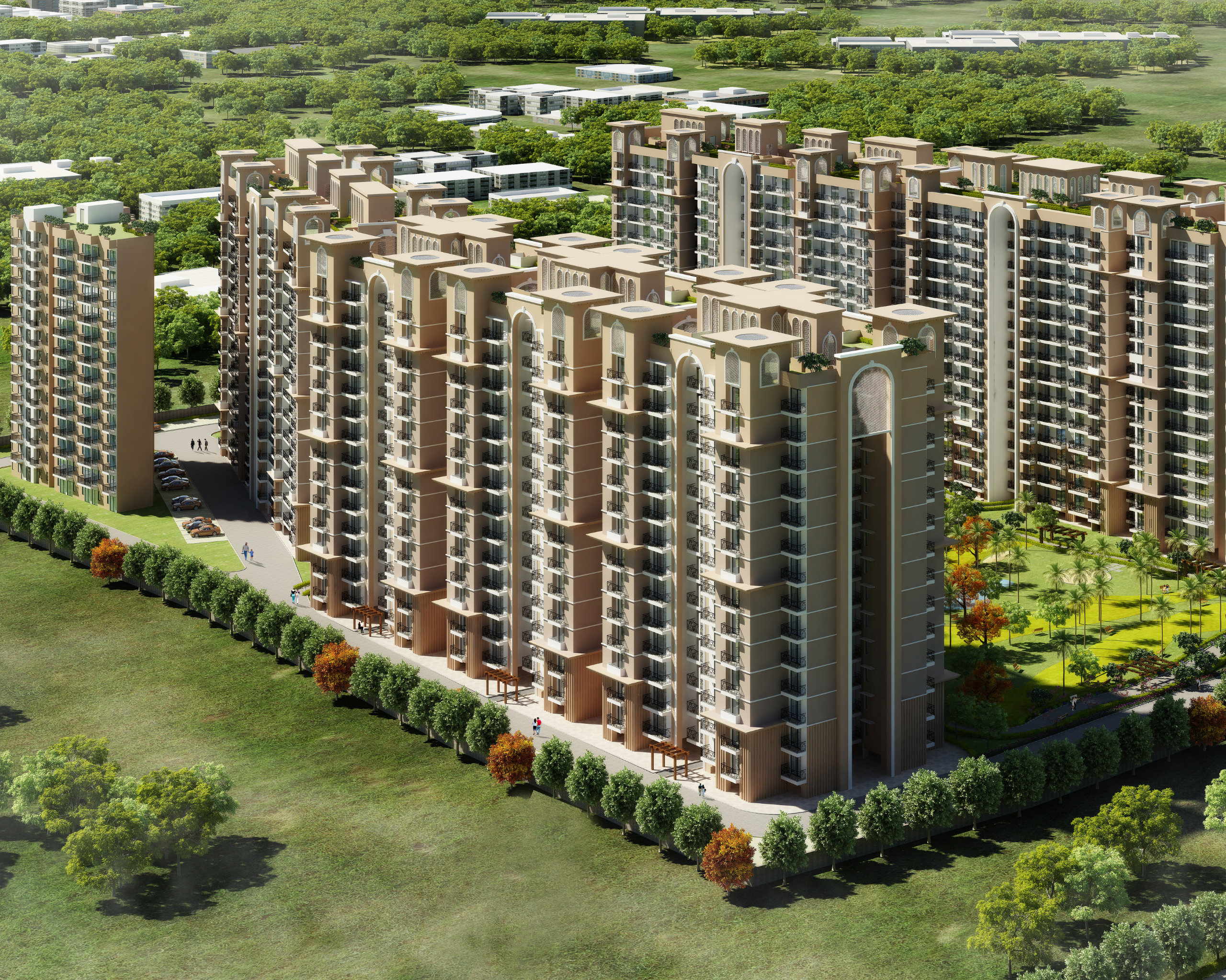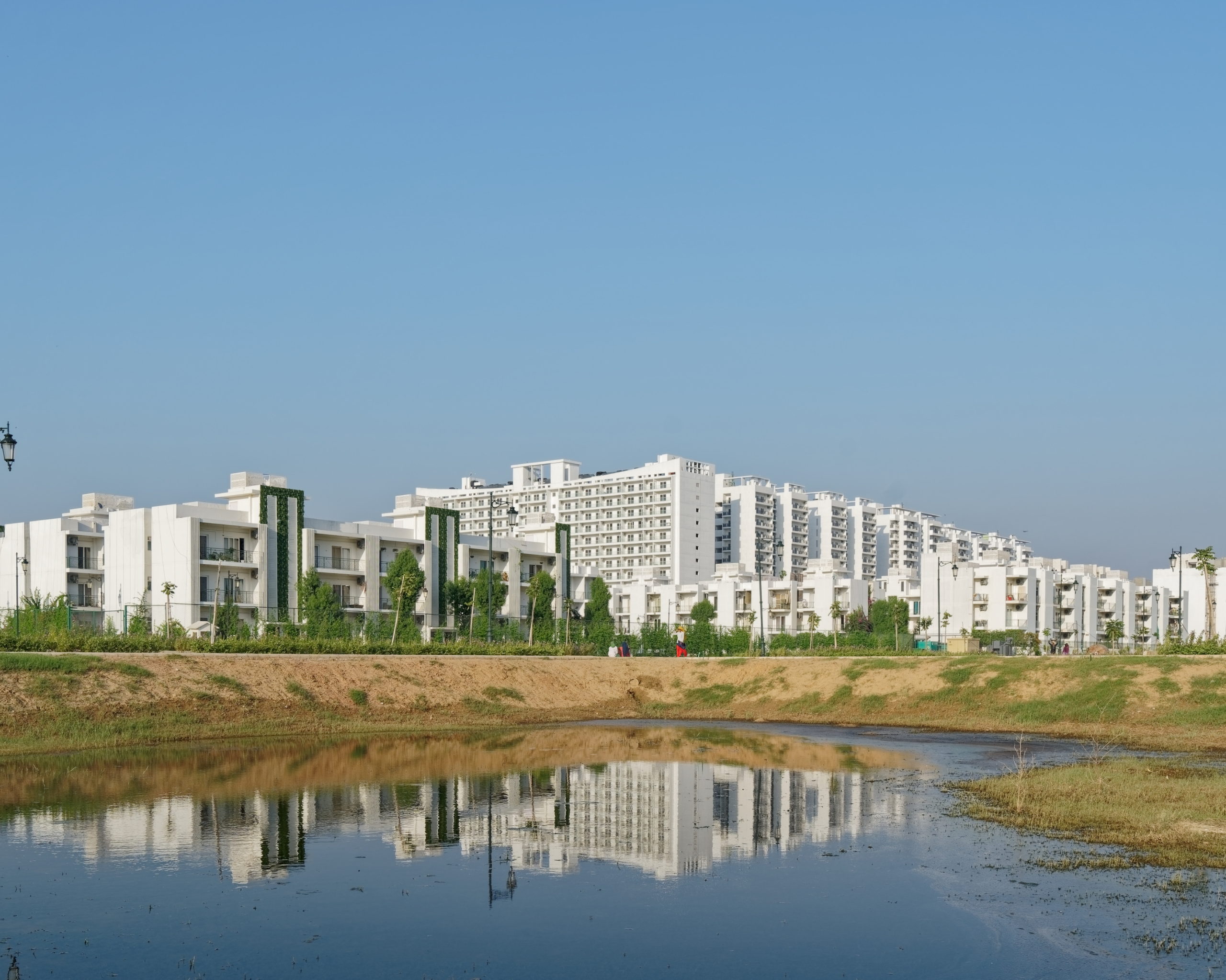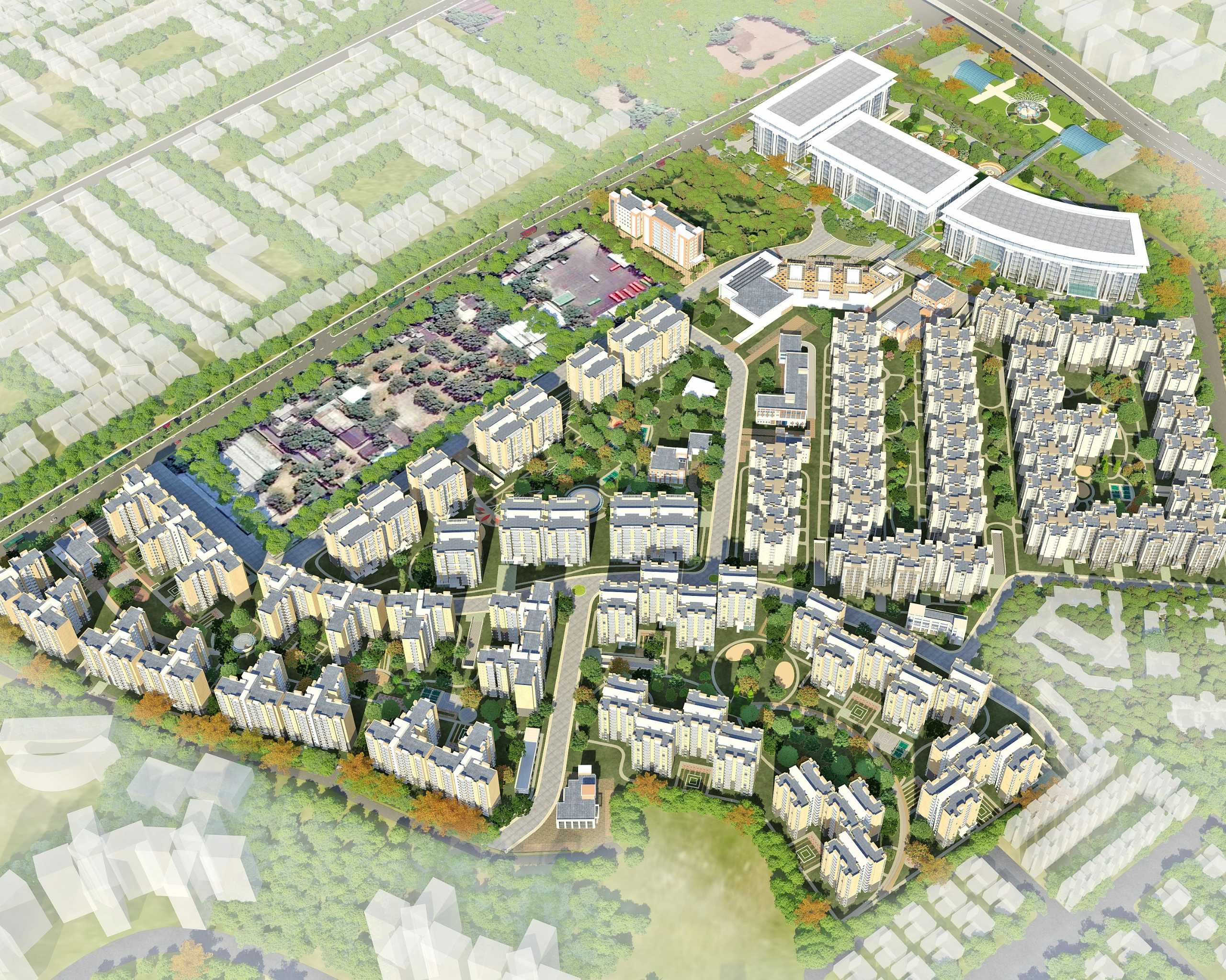Vertical Living

One of the biggest questions raised in the construction industry is how rapid urbanisation is shaping the face of real estate development in India. In order for us to not lose out on an opportunity to create a better future for the coming generations, the issue is of prime concern today. Therefore, it is crucial that developers and architects carefully address–Going ‘High-Rise’ and integrate good construction practices that govern upcoming developments through a cognitive understanding of users’ stimulus to the built environment and the technology at hand.
Vertical living can only be synonymous with successful living if both social and environmental sustainability factors are considered while designing, right at the conceptual stage. Outlining a design approach that recognises both design and awareness for a long term use to create something that re-enables, empowers and reimagines sustainable living is the need of the hour. Though one might argue that high rise structures consume more energy due to the use of elevators, water pumping, etc., if looked at from a larger perspective, it has the power to promote a much more compact lifestyle. Such compact living enables more green spaces, critical for a healthy lifestyle. Studies from around the world have shown that denser cities actually produce a lower demand for energy, indicating that India’s urbanisation has the potential to help rather than hinder the efforts to cut carbon emissions.
In addition, a lot of importance is being given to introducing sizable balconies and open areas within the residential towers, which facilitate an extension of the homes in a more recreational way and enhance the experience of vertical living for the residents. Spaces for social interaction and recreation form a significant part of the residents’ social lives living in high rise structures, defining the social fabric of the place. Such spaces can also be achieved by accessorising and highlighting refugee floors as green spaces, utilising terrace spaces, carving niches in the structures for recreational purposes for the inhabitants. Vertical gardens are also a great way to enhance the visual appeal and control the micro-climate of the build-form.
Today, to speed up construction, new technologies are being implemented depending on the nature of the project. For instance, in residential towers, where repetitions in modules are considerable, pre-cast technology, aluminium shuttering, and jump-formwork are gaining popularity. Such techniques reduce shuttering time and labour dependency, ensuring better finishing and extra plasterwork of external walls. Pre-Engineered building technology is also gaining momentum in the commercial segment, enabling larger spans and flexibility.
As designers, we must take complete responsibility for our decisions and take the opportunity to make more conscious decisions considering the possible effects on consumers. We must find ways to look beyond the usual to maintain equilibrium and avoid the imbalance in nature. High-rise designs are a synergy between efficient construction technology, effective space planning, a safe and conducive environment and encouraging a sustainable lifestyle. The rhythm between these aspects is crucial for setting up newer benchmarks. Provided that there is a balance of key elements – green development with adequate infrastructure and resources to cater to the populace – the vertical living model has the potential to reduce the per-capita carbon footprint and bring about a revolution in the Indian real estate industry.




